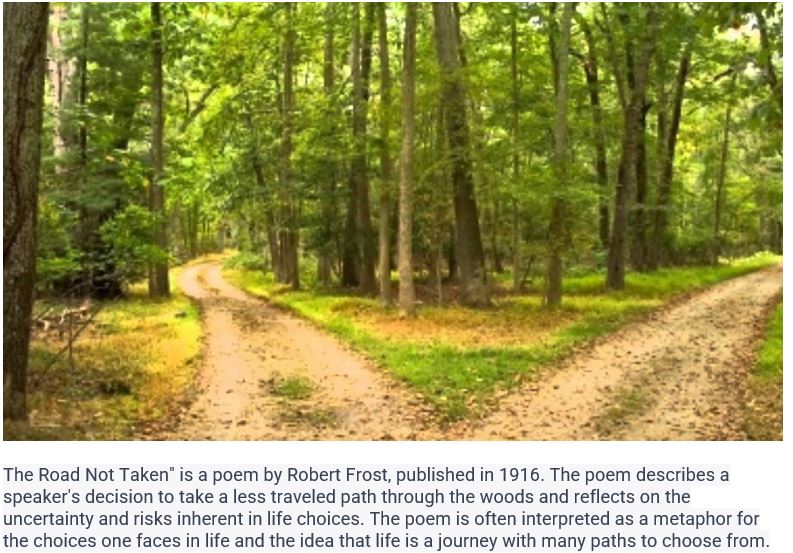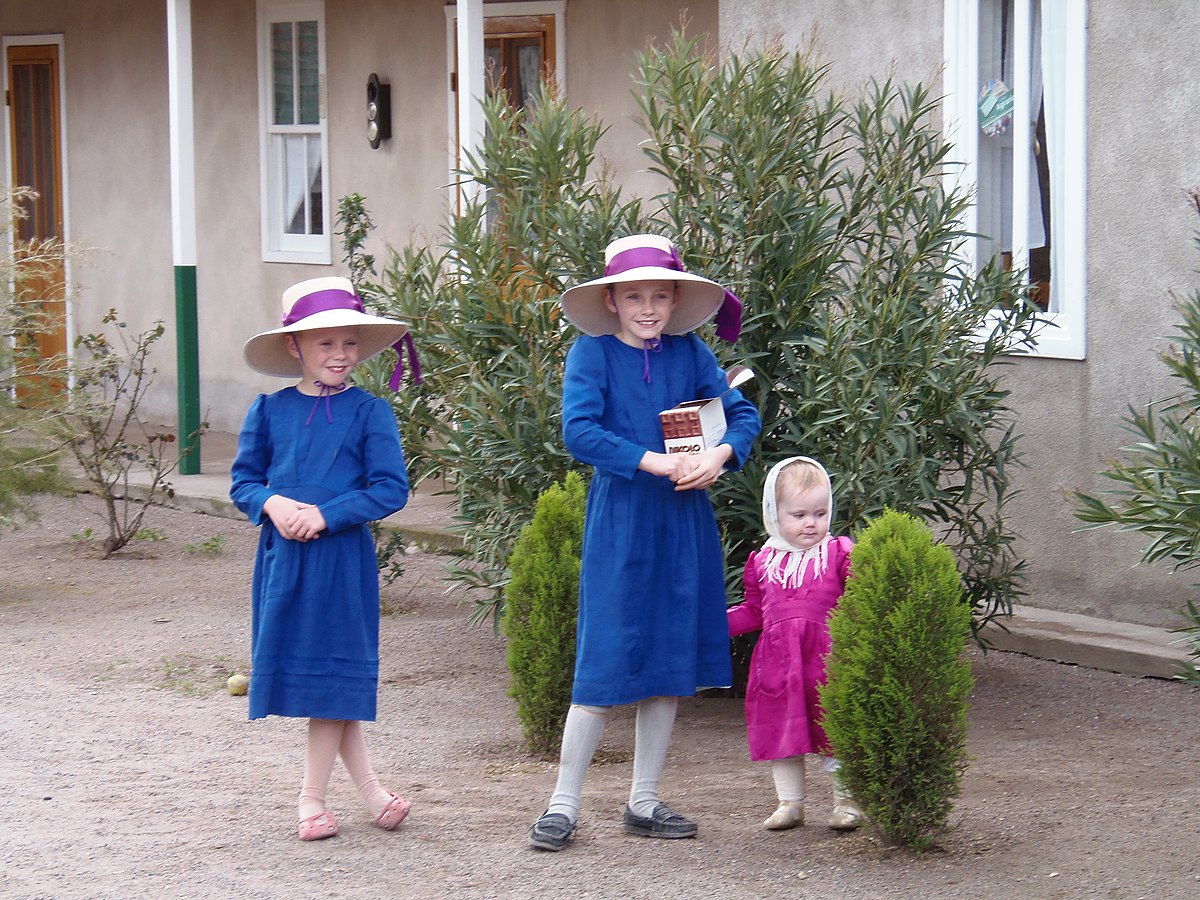Petr
Administrator
Christian believers have always been preyed upon by ruthless conmen...




Romans 16:18 - Avoid Divisions
For such people are not serving our Lord Christ, but their own appetites. By smooth talk and flattery they deceive the hearts of the naive.
biblehub.com

Amish & Mennonites Among Victims in $32 Million Fraud Case (UPDATED – “Charity 1” Identified) - Amish America
In what looks like another affinity fraud scheme targeting Plain Anabaptist people, the Department of Justice is seeking the arrest of a man who collected over $30 million over a decade-long span - telling donors the money was for Bibles and other Christian literature to be distributed in China...
amishamerica.com
Amish & Mennonites Among Victims in $32 Million Fraud Case
In what looks like another affinity fraud scheme targeting Plain Anabaptist people, the Department of Justice is seeking the arrest of a man who collected over $30 million over a decade-long span – telling donors the money was for Bibles and other Christian literature to be distributed in China.
Jason Gerald Shenk allegedly got at least some of his money (and perhaps most of it) from Amish and Mennonites, including in Holmes County, Ohio. The report at Cleveland 19 references the DOJ indictment in their report, but no mention of Amish or Mennonite victims appears in that document.

Jason Gerald Shenk, 45, is alleged to have defrauded donors of over $30 million, supposedly intended to fund Bible distribution in ChinaHowever, I have confirmed with someone at the DOJ that the victims “included members of the Amish and Mennonite communities”. So it sounds like it’s not strictly Amish and Mennonite, but they are included in the group (and are perhaps a majority). The surname Shenk is found among Mennonites.
Here is what Shenk is alleged to have done:
As spelled out in the indictment, Shenk is alleged to have planned and executed a scheme in which he obtained more than $30 million from faith-based charities and individual donors, primarily from religious communities in Ohio and North Carolina, based on his promises that he would use the funds for producing and distributing Bibles and Christian literature in the People’s Republic of China.
Instead, the indictment alleges Shenk converted a significant amount of the funds to his own use, including:
- Payments of approximately $1 million to an online sports gambling website;
- Purchases of equity shares of approximately $850,000 in a privately held nuclear energy company;
- Approximately $4 million in purchases of at least 16 life insurance policies in various people’s names;
- Purchases of diamonds, gold, and precious metals in amounts totaling approximately $1 million;
- Purchases of domestic and foreign stocks totaling more than $188,000;
- Payments of approximately $7 million to the company running Shenk’s family farm;
- Purchases on at least 10 personal credit cards totaling more than $820,000; and,
- Purchases of $320,000 in real estate in the “Galt’s Gulch” development in Santiago, Chile.
The indictment alleges Shenk obtained approximately $22 million from one charitable organization and its donors, and approximately $10 million from another charity and its donors, along with other donations from individuals. The funds were directed to a variety of shell corporations as a result of Shenk’s claims to those religious communities that he was a missionary dedicated to various Christian mission projects around the world and would use the funding to produce and distribute Bibles and Christian literature in China.
This sadly appears like it might be yet another case of affinity fraud, in which a member of a group takes advantage of others in the group, exploiting the trust and shared culture to defraud other members.
Amish and Mennonite people have fallen victim to similar schemes in the past, notably four major cases in the past 15 years. Those include the $60 milllion Sensenig financial scandal (operated by an Old Order Mennonite church member) and the multi-million dollar Ponzi-like scheme devised by Amish-born Earl D. Miller.
According to the indictment, “Shenk claimed alleged persecution from Chinese authorities to avoid oversight from the charities and to facilitate his scheme.” That is one way to stop people from asking too many questions.
Shenk is currently at large, described as the subject of an “international” search. It sounds like he is likely no longer in the country. Shenk renounced his American citizenship in 2016.

















